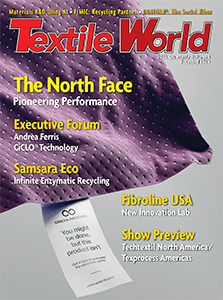NATICK, Mass. — January 14, 2016 — Cognex Corp. has introduced the In-Sight® Micro 8000 series smart cameras, a new family of ultra-compact, standalone vision systems. The In-Sight Micro 8000 series delivers industry-leading vision tool performance at PC speeds, all in the form factor of a traditional “dumb” GigE Vision® camera.
“As line speeds increase, manufacturers demand greater accuracy, larger fields of view, and faster vision tool performance — all without a PC on the factory floor,” says Joerg Kuechen, Vice President and Business Unit Manager, Vision Products. “By combining the blazing fast frame rates of a tiny, self-contained In-Sight Micro 8000 series smart camera, with the lightning speed of PatMax RedLine™ pattern matching, our customers can optimize resolution, speed and performance on even their fastest production lines. This allows them to reduce cycle times, boost productivity, increase resolution without any loss of throughput, or perform additional inspections without increasing cycle times.”
Like all In-Sight vision systems, these new models are conveniently set up with the powerful In-Sight Explorer software. This software combines the simple, step-by-step EasyBuilder® setup with the power and flexibility of spreadsheet view for greater control. In addition to PatMax RedLine technology, the In-Sight Micro 8000 series runs these industry-proven In-Sight vision tools at speeds that previously required a high-performance PC. All of this comes in a package no larger than an industrial image-capture-only camera.
The In-Sight Micro 8000 series measures just 31mm x 31mm x 63mm and includes Power over Ethernet minimizing cabling and making these vision systems ideal for integrating into tight spaces on robots and hard-to-reach machinery. They can be deployed almost anywhere on the production line for guidance, inspection, gauging and industrial identification applications.
Posted January 14, 2016
Source: Cognex




